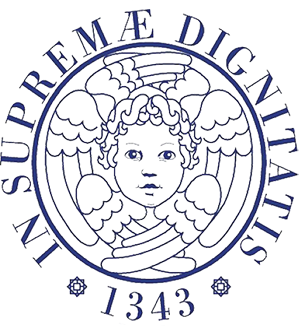- Repair of ureteral lesions
- Ureterostomy suture
- Repair ureteral fistula
- Removing ureter binding
Definition:
It is a surgical procedure applicable to the repair of ureteral damage produced in the surgery of the ureter or adjacent organs, endourology, secondary trauma or radiation therapy, especially when the endoscopic recanalisation has been ineffective or impossible to be carried out, which is today most acceptable and full of good results.
Indications:
The indication to operate in the open surgery a patient with such a lesion is almost unanimously accepted in the second instance after the failure of an endoscopic intervention.
The indication to intervene in the first instance is accepted exclusively from the intraoperative acknowledgement of a ureteral damage during another type of surgery.
Technical Description:
The location of the lesion affects the type of technique and skin incision: the lower third lesions of the ureter can be treated with ureteral reimplantation (see information sheet 56.74 ureterocystoneostomy); the lesions of the medium and upper ureter require an in situ reconstruction with mobilization of the ureter above and below the damaged area or, in extreme cases, replacement of the same ureter.
In the case of accidental binding of the ureter (partial or total) or of an unknown surgical lesion at the time of surgery, it is important to verify the vital conditions of the affected tract and then reconstruct the ureter after removing tissues potentially damaged by post-ischemic sclerosis. Within the reconstructed ureter, an autostatic ureteral catheter (stent) or a catheter coming out from the urethra is located.
Preparation:
It is very important a high-dose of parenteral antibiotic treatment (usually a patient suffering from post-surgical ureteral lesion or induced by ureteroscopic treatment is affected by a febrile state induced by obstruction and urinary stravage for which an antibiotic therapy is already followed and has often been already subjected to percutaneous nephrostomy in order to keep the urinary system drained).
Duration of the procedure:
The intervention has a very variable duration depending on the conditions of tissue adherence and their vitality (on average 2 to 4 hours).
Type and duration of hospitalization:
The intervention is carried out exclusively under ordinary hospitalization (the patient is almost always coming from another department or another hospital) and involves a postoperative stay of about 7-10 days.
Results:
The results are good in 90% of cases and usually do not lose their effectiveness over time; They are definitely superior to those of endoscopic repair (30-70% in various cases).
Advantages:
This is an intervention with excellent success rates in the various cases, which can almost always solve the problem.
Disadvantages:
The main disadvantage for a patient suffering from post-surgical ureteral lesion is to undergo a second surgery after often having passed for a failed endoscopic repair; It seems however necessary to precede this iterative surgery from an endoscopic possibility that shows more and more frequently good results.
Side effects:
The need to bring a ureteral catheter for 4-6 weeks is the most common side effect.
Complications:
The possible complications are
- Dehiscence of the suture of the two ureteral stumps: it may take place when the anastomosis is under tension because of lack of “cloth”; It can be a small dehiscence that with an in-situ tutor (ureteral catheter) resolves spontaneously or a severe dehiscence that requires a new reconstructive intervention with not always unsuccessful outcomes;
- Stenosis of the anastomosis: this is noticed after removing the tutor (ureteral catheter) and can benefit from a second endourologic repair.
At discharge:
The patient should be recommended to undergo a long-term antibiotic therapy; to practice a quiet life with light diet.
How to deal with home-related complications:
In case of fever associated with lumbar pain from the side undergone the surgery, a Urologist should be consulted again to evaluate the problem. Small irritative bladder-related nuisances related to the stent can be treated with bladder antispasmodic drugs.
Checks:
The first postoperative check is done after 3 weeks with general ematochimic exams and urine culture.
At 4-6 weeks the stent is removed. At 3 months renal ultrasound is performed and at 6 months urography can be performed.

